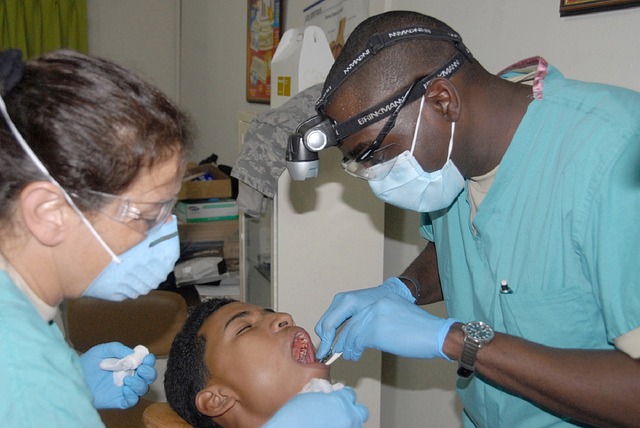10 Conditions/procedures Oral Surgeons Are Skilled In
Your condition may be one of the conditions/procedures oral surgeons are skilled in. In that case, you need to inquire about these procedures, and see how an oral surgeon can help you get treatment.
1. Impacted Teeth Removal
When a deceased and impacted tooth can no longer be saved, an oral surgeon recommends complete removal to prevent infection. If not extracted, gum tissue is prone to infection since it cannot completely heal due to the impacted tooth.
2. Administration of Anesthetics
Oral surgeons in Washington DC are allowed to administer in-office anesthetics, but these are limited to general anesthesia and intravenous sedation (IV). Nevertheless, the aid of an anesthesiologist may be needed for really complex and risky procedures, especially when the patient has an allergy with anesthetics.3. Dental Implant Surgery
An oral surgeon performs the actual implantation, and the bone grafting before it. However, the entire treatment plan for a patient who is getting dental implants is usually created in collaboration with other dentists, such as a restorative dentist, and a general dentist who usually does the referral.
4. Surgical Repair of Facial Trauma
Both minor and major repairs of damaged skin, tissue, nerves and bone in the face are performed by oral surgeons. They may collaborate with restorative or cosmetic dentists, but the treatment plan usually comes from them. Facial lacerations and other complex injuries commonly caused by accidents are also repaired by them.
5. Pathologic Condition Evaluation
Pathologic conditions refer to cysts and tumors, both benign and malignant (cancerous), in the mouth, face, and neck, as well as infections in salivary glands. Oral surgeons usually order the diagnostic tests, and finalize the diagnosis in coordination with certified pathologists. Having said that, many oral surgeons are also certified pathologists.
6. Facial Pain Disorder Treatment
Oral surgeons normally order the diagnostic tests to determine the causes of facial pains. When surgery is not needed, they refer their patients to other medical experts for medications, and to therapists for physical therapy, especially after nerve reconnection.
7. Reconstructive Surgery
A reconstructive surgery is usually done alongside a reconstructive dentist if the area of concern is the mouth. It is called "reconstructive" because the patient has acquired damage either due to a disease or accident.
8. Cosmetic Surgery
It is essentially the same as with reconstructive surgery. The only difference is that an oral surgeon can perform the needed surgery even if the patient does not have any apparent damage. Usually, this procedure is done for enhancement and other aesthetic reasons.
9. Corrective Jaw Surgery
This procedure called orthognathic surgery is performed to correct irregularities in the bone structure. It is an essential treatment to improve a personâs speech, ability to chew and breathing. Malocclusion or improper bite is also treated this way.
10. Surgical Procedure for Obstructive Sleep Apnea (OSA)
When medical appliancea and therapy does not work on a patient, surgical treatment becomes essential to treat OSA. This is required as soon as possible when a patient is diagnosed to have severe sleep apnea through a polysomnography.

